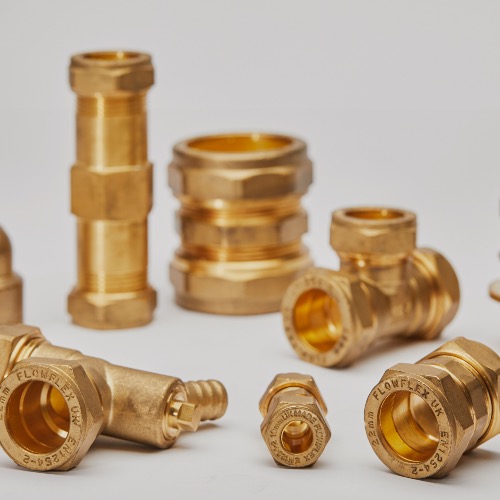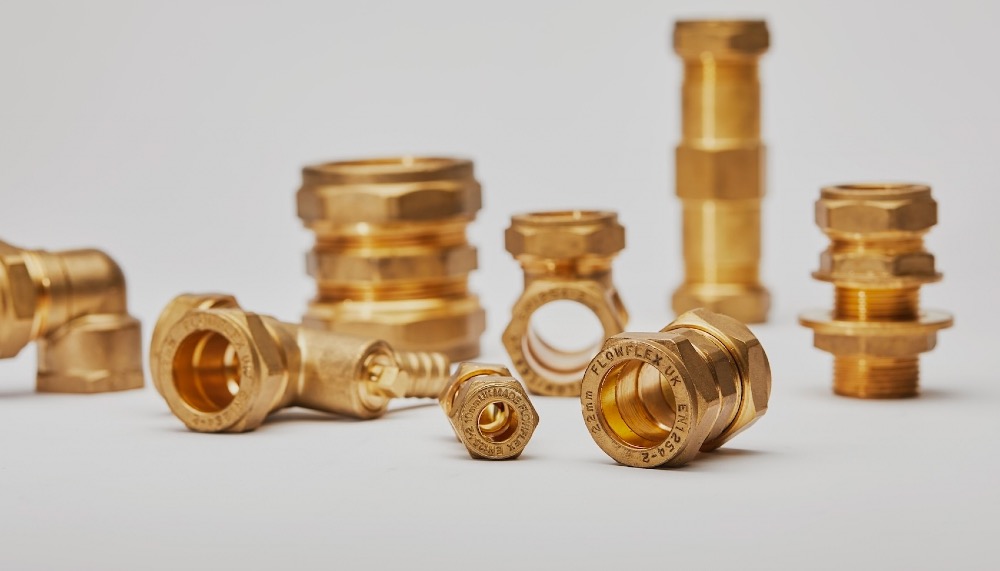Welcome to the final post in our comprehensive series on compression fittings. Here, we're tackling some of the most frequently asked questions about compression fittings and busting common myths. Whether you're a professional plumber, a DIY enthusiast, or just curious about the world of plumbing, this post is for you.
Frequently asked questions
Can compression fittings fail?
Like any other fitting, Compression Fittings can fail for a few reasons. The most common cause is improper installation, such as over-tightening or under-tightening the fitting. Other factors include not cutting the pipe to the correct length, or not cutting it flat, leading to the olive not being able to bind correctly.
Is it OK to use compression fittings?
Absolutely. Compression fittings have stood the test of time. They are a proven and reliable method for connecting pipes, particularly in applications where it's not practical or possible to solder the pipes together. They're commonly used in both domestic and commercial plumbing installations.
What are the best compression fittings?
The best compression fittings depend on your specific needs and the application. Brass compression fittings are popular due to their durability and resistance to corrosion. Stainless steel fittings are also good, and used for industrial applications due to their ability to withstand extremely high pressures. Plastic fittings are lightweight, but they are not suitable for high-pressure applications.
How tight should compression fittings be?
Compression fittings should be tightened enough to create a secure seal, but not so tight that they damage the pipe or the fitting itself. Over-tightening can cause the fitting to crack or the pipe to deform, leading to leaks. The rule of thumb is to tighten the fitting until it's snug, then give it another quarter turn. However, you should always be careful to follow the manufacturers instructions.
Are brass compression fittings reliable?
Brass compression fittings are extremely reliable when installed correctly. They're durable, resistant to corrosion, and can withstand high temperatures and pressures. However, like any component, they can fail if they're not installed correctly.
How much pressure can a brass compression fitting hold?
Brass Compression fittings are made to BS EN 1254, which is a European wide standard dictating the pressures that compression fittings should be able to withstand. We sell Flowflex Compression Fittings. You can find their technical data here.
Can you over tighten brass compression fittings?
Yes, it's possible to over tighten brass compression fittings, which can lead to damage and leaks. Over-tightening can cause the fitting to crack or the pipe to deform. It's important to follow the manufacturer's instructions when installing any product.
What is a compression stop end?
A compression stop end is a type of fitting used to seal the end of a pipe. It's commonly used when you need to temporarily or permanently stop the flow of water or gas through a pipe.
Is it OK to use compression fittings on a copper pipe?
Yes, compression fittings can be used on copper pipes. In fact, they are primarily designed for use with Copper Pipe. They provide a secure and leak-proof connection and are often used in situations where soldering isn't practical or possible.
What is the rule of thumb for copper pipe compression fittings?
The rule of thumb for copper pipe compression fittings is to tighten the fitting until it's snug, then give it another quarter turn. But, at all times you must follow manufacturer's instructions when installing any product.
Do professional plumbers use compression fittings?
Yes, professional plumbers use compression fittings in a variety of applications. Domestic, Commercial, and Industrial. They're particularly useful in situations where it's not practical or possible to solder the pipes together.
Should I use PTFE tape on compression fittings?
PTFE tape is not typically required for compression fittings, as the fitting itself provides a secure and leak-proof seal. However, some plumbers prefer to use PTFE tape as an extra precaution.
Should I use jointing compound on compression fittings?
Like PTFE tape, jointing compound is not typically required for compression fittings. However, it can be used as an extra precaution to ensure a secure and leak-proof seal.
Are Compression Fittings reusable?
You can reuse a Compression Fitting without any issues. Just replace the Olive and you're free to use it all over again.
Are Compression Fittings recyclable?
Compression fittings that are made out of brass are 100% recyclable. In fact, there is always an element of recycled brass used in the manufacturing process of brass compression fittings.
Any more questions?
If you have any queries or questions about the products we sell, or even your next project, give us a shout! We'll try our best to give you a hand.

